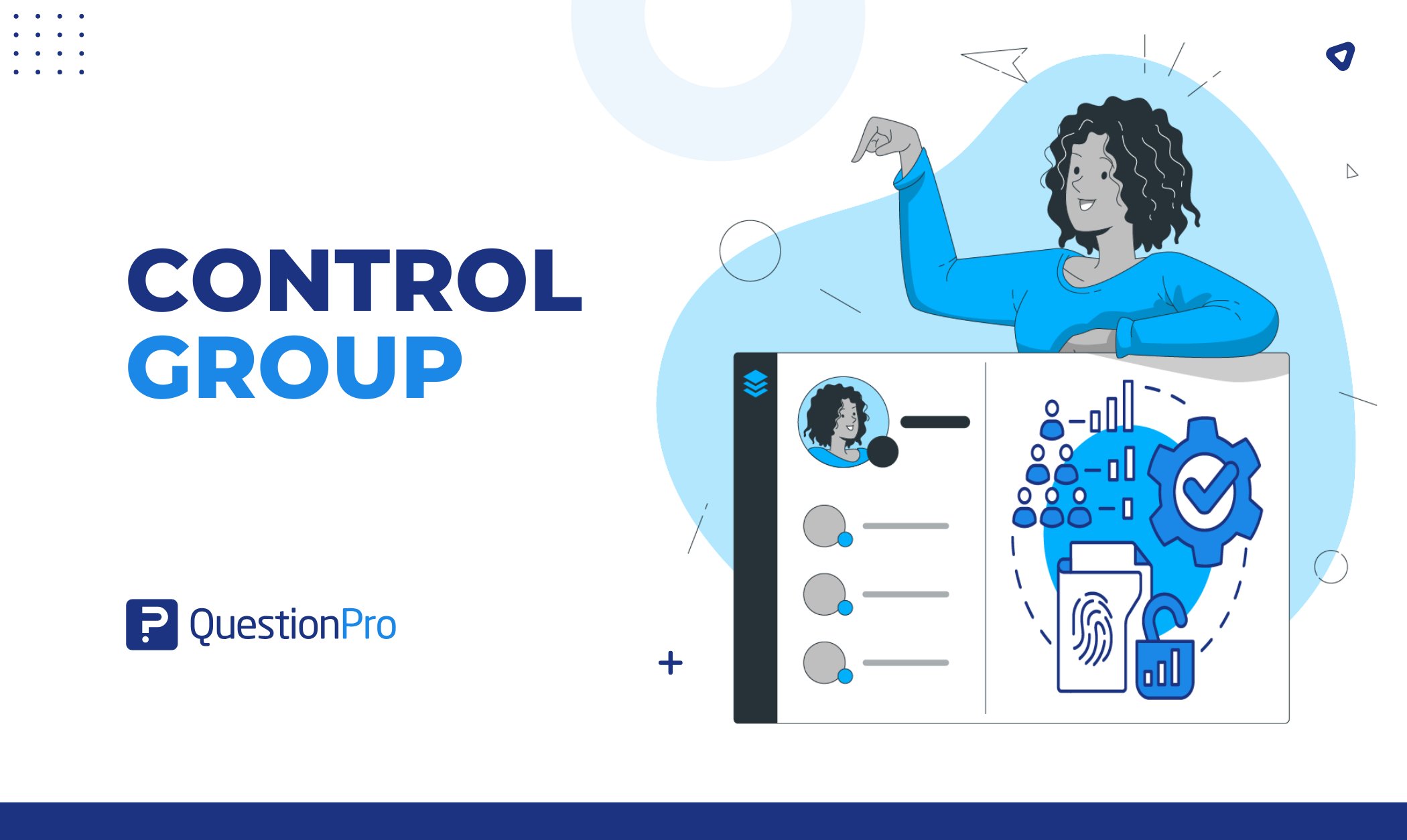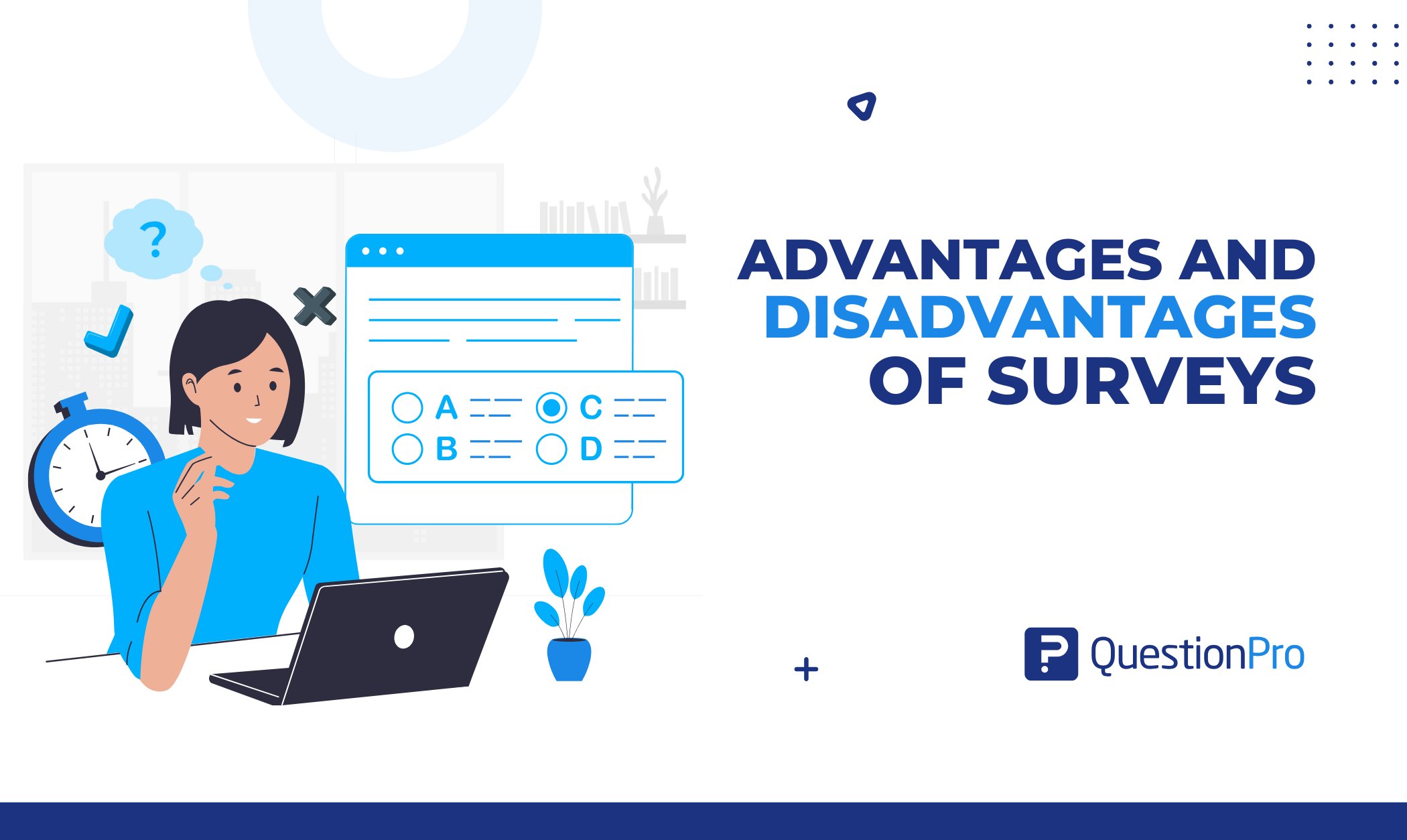
Guest writer: Thomas Maiwald
Building a successful Customer Experience (CX) program, also known as a Voice of the Customer (VOC) program, requires careful planning, implementation, and constant adaptation. From startups to multinational corporations, organizations across industries are recognizing the paramount importance of prioritizing the customer journey.
In this article, we explore the essential strategies and actions that every organization can implement to enhance their CX program. With over a decade of experience in the customer experience field, I’ve distilled these recommendations into 13 key steps that have proven to drive tangible results.
Whether you’re looking to improve customer satisfaction, boost loyalty, or optimize internal processes, these actionable insights will serve as your roadmap to success.
What are my Key Steps to Top Customer Experience in Any Organization
After over 10 years of experience in the customer experience field, these are my key steps and points that every organization should consider:
- Step 1 – Involve senior management: Start with buy-in and support from senior leadership, make it clear that this is not a one-time project, and explain why this is so important. Strong commitment from the top is critical to ensure resources and support for the program.
- Step 2 – Set goals: At many companies, they say to themselves, we want to center the customer, and this is the goal. Bravo, I guess. However, much more is needed. Define clear goals for the CX program and Milestones. It is also very important to review these goals and milestones regularly. Always remember that a CX program is not a one-way street but requires constant adaptation. By setting goals, you can increase customer satisfaction, improve customer loyalty or optimize processes to solve problems.
- Step 3 – Identify customer feedback sources: Create a plan of where you can ask for feedback everywhere and through which channels. This can be on the website, when the customer leaves the webshop, after ordering, after contacting customer support, etc. Don’t forget the social media channels or the numerous review platforms.
- Step 4 – Customer journey mapping: The creation of a customer journey map is unavoidable, as it is essential for the company’s strategy. It leads to a deep understanding of customer needs and is easy for the company to understand through visualization. Carry it out to create a solid foundation for designing an outstanding customer experience. Mapping helps you to use your resources more effectively by enabling you to identify and implement targeted measures to optimize the customer journey. It also provides insights that can be used to develop new products or services that are tailored to the customer’s needs. Also, remember to repeat the customer journey mapping, as the customer journey also changes over time.
- Step 5 – Implement feedback mechanisms: In customer experience, we also talk about transactional surveys, which are surveys that take place automatically after a transaction/touchpoint with the company. This automation helps you to continuously collect feedback from this touchpoint, measure the customer experience, and always keep your finger on the pulse. In addition to automation, however, the timing is also extremely important, as the survey should take place at the moment of truth, i.e. when the customer has their experience with the company, so that the experience is still fresh. It will also be a great experience for the customer. Just make sure that you include a so-called resting period and have obtained a double opt-in from the customer beforehand.
- Step 6 – Analyze data: Analyze the collected data thoroughly to gain important insights into customer needs, preferences and problems. In addition to classic online dashboards, where you analyze key figures and time trends such as NPS, CES or CSAT, so-called heat maps and blindspot analyses help to identify problem areas. In addition, driver models and signifiers as well as cross-tables help to gain deep insights. A very important point, however, is also the text analysis, which provides you with deep insights, this can already be analyzed in depth and automatically via sentiment AI. Please don’t forget to feed the insights back into your organization. A dashboard is a great way to do this, make sure that the data tells a story and is not too overloaded. You should also use knowledge databases such as Insights hub to structure the collected insights.
- Step 7 – Create customer profiles: Create detailed customer profiles to better understand the different customer segments and their individual needs. You can also use this to create individual offers and offer your customers additional products.
- Step 8 – Engage employees: Train employees to make them aware of the importance of customer experience and ensure that they actively collect feedback and effectively address customer concerns. It is very important to take away the fear of negative feedback. Only if a feedback culture is established in the company will employees be able to deal with it.
- Step 9 – Continuous improvement: Implement a continuous improvement process based on the customer feedback data collected. Identify areas for improvement and implement measures for optimization. Our Outerloop tool helps you to create initiatives and evaluate them using an ROI model so that you can see exactly which of the initiatives should be prioritized because they have a very high customer value.
- Step 10 – Transparency and communication: Communicate openly with customers about their concerns and show that their feedback is heard and valued. Transparent communication builds trust and strengthens customer loyalty.
- Step 11 – Measure performance: Define KPIs (Key Performance Indicators) to measure the success of the CX program. These can be metrics such as customer satisfaction, customer retention rates, Net Promoter Score (NPS), etc.
- Step 12 – Use technology: Use CX management platforms and tools to automate and streamline the process of data collection, analysis and management.
- Step 13 – Collect regular feedback: Ensure that customer feedback is regularly updated to capture and respond to changing needs and trends.
In wrapping up…
Creating a stellar Customer Experience (CX) program—also known as a Voice of the Customer (VOC) program—is like crafting a masterpiece. It’s not just about putting paint on the canvas; it’s about careful planning, constant tweaking, and an unwavering commitment to excellence. Over my 10+ years in the field, I’ve seen the magic happen when organizations follow some key steps.
Let’s talk about getting everyone on board, from the bigwigs to the frontline staff. Without their support and enthusiasm, it’s like trying to row a boat with one oar. Clear goals are the stars we navigate by, helping us stay on course and measure our progress. Then comes the fun part—tapping into all those juicy feedback sources, mapping out the customer journey (think treasure map!), and setting up feedback loops to keep our finger on the pulse of customer satisfaction.
But hey, it’s not all charts and graphs—there’s plenty of heart in engaging our employees, empowering them to champion the customer cause and turn feedback into action. It’s like having a big family working towards a common goal! And let’s not forget the importance of listening to our customers, being transparent, and using all the cool tech tools available to make our lives easier. With the right mix of strategy, empathy, and a sprinkle of tech magic, we’re on track to creating experiences that’ll make our customers do a happy dance every time they interact with us!
If you’d like to learn more about the influence of EX in CX, join us for our upcoming webinar on March 5th. We will discuss the top 6 hacks and tricks for providing a successful customer experience automation in any industry.
*It is necessary to understand German.







